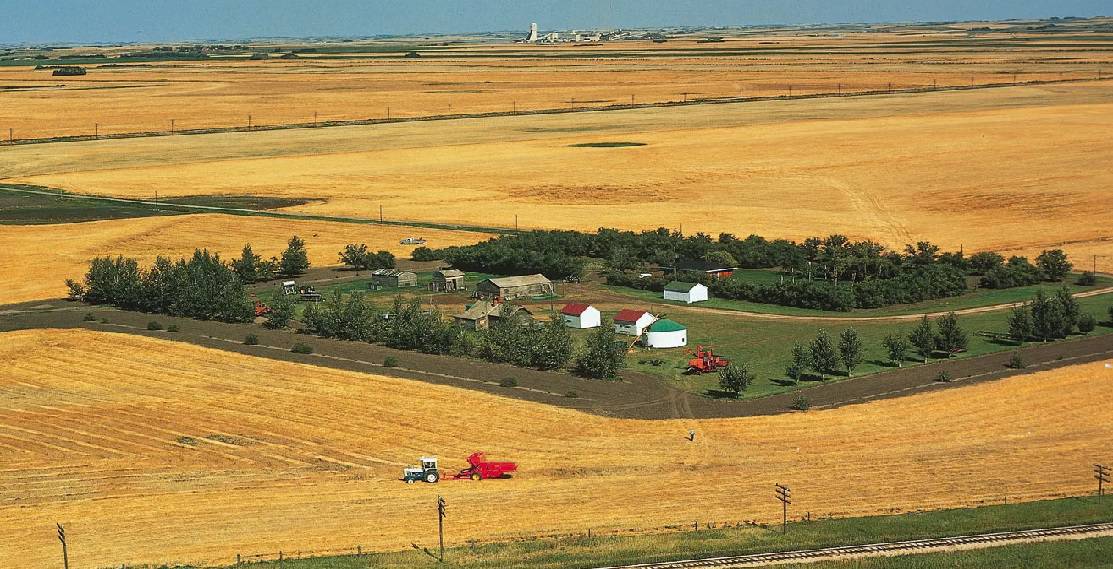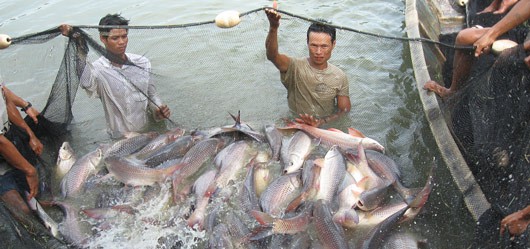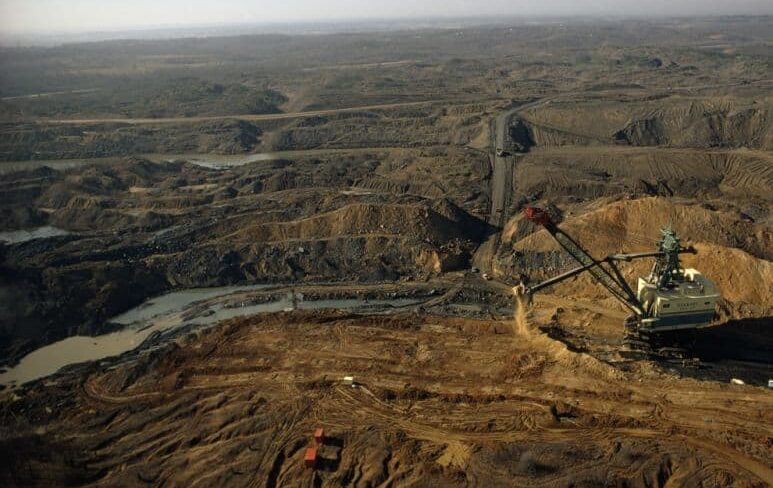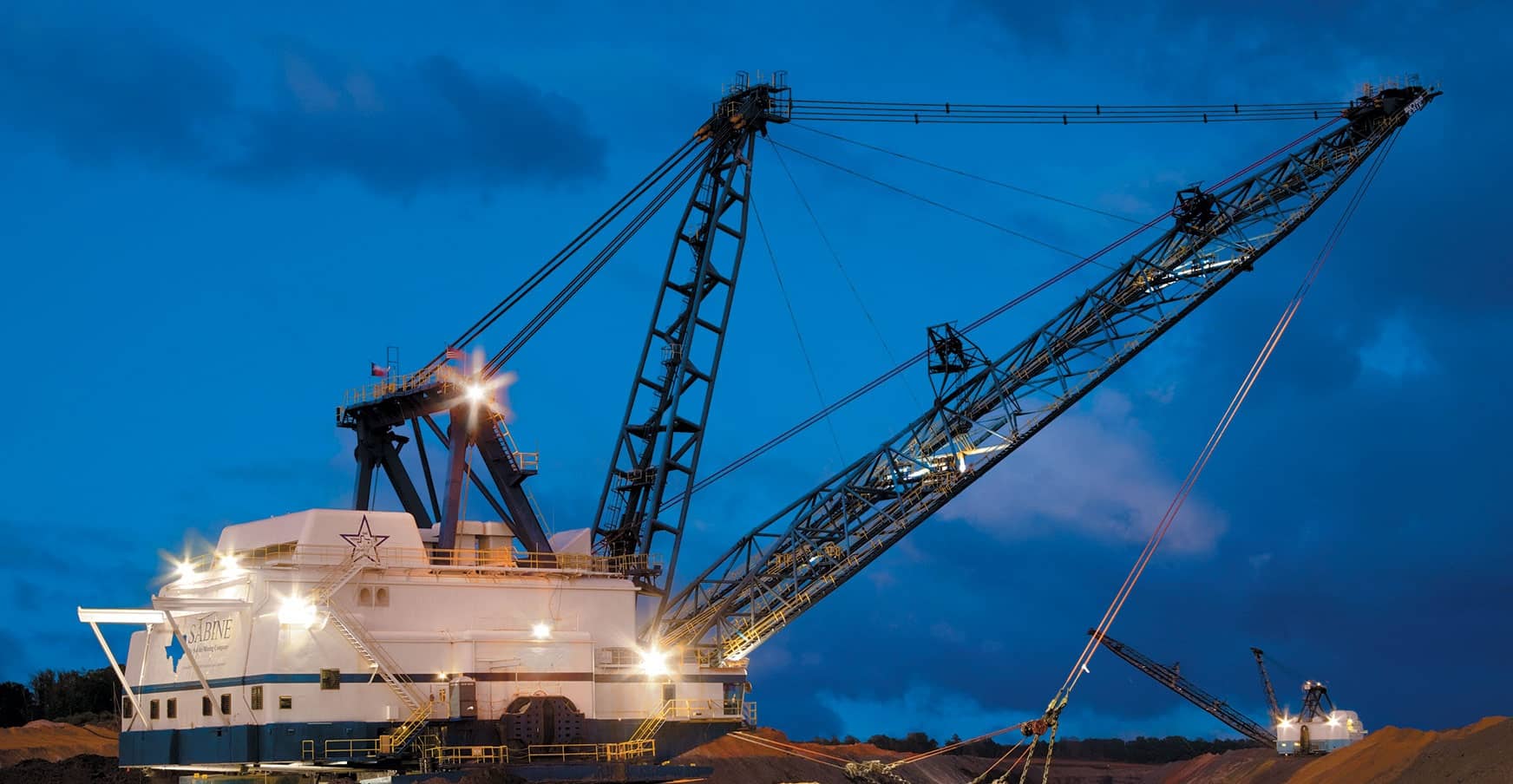North America Resources, everyone would love to know about it. Before studying North America resources, we have to know about North America.
There are totally 7 continents in the world. North America is one of the third largest continents in the world lying on the most part between the Arctic circle and Tropic of cancer.
There are many unknown and hidden facts about North America. The few of the facts are:
- It is the third-largest continent in size but it is fourth largest while comparing to the population.
- North America has 23 countries on it.
- The amazing fact about North America is that it lies both in the northern and southern hemisphere.
- The largest country in North America is Canada. Canada is slender large than the USA and also as large as China.
- The largest city in North America is Mexico City about a population of 9 million.
These are the amazing and Unknown facts about North America.
North America is bounded on the north by the Arctic Ocean, on the east by the North Atlantic Ocean, on the south by the Caribbean Sea, and on the west by the North Pacific Ocean.
North America is a leading producer of coal, which utilizes energy production. North America is the world’s largest producer in Corn, meat, cotton, soybeans etc. And also for the mineral resources like coal, iron, bauxite, copper and natural gas etc.
North America Resources:

Biological resources:
Biological resources mention living things like animals, plants, etc. They are important to the environment as it provides many services and also it causes many problems for nature.
It also means the genetic things or organisms of the ecosystem that have some value to the human lives.
The biological resources are also called has genetic resources or organisms or any other biological component of the ecosystem with the actual and possible value to the human lives.
“The Status and Trends of the Nation’s Biological Resources”. It was the first large-scale assessment for the health of plants, animals, and ecosystems in the United States of America (USA).

It was published in 1998 and produced by the Biological Resources Division of the United States Geological Survey (USGS). The ‘biological resource use’ category (IUCN 5) includes any “threat of consumptive use of wild biological resources including the effects of deliberate and unintentional harvesting.
There are many types of Biological resources or genetic resources. They are:
Hunting and collecting of terrestrial animals:
The Hunting or killing or trapping and collecting of the terrestrial animals or wild animals is used for many purposes such as commercial, recreation or also used for research purposes. The examples of Hunting and collecting of terrestrial animals are:
- Bushmeat hunting animals like a bat, rat, snake for their meat are also for the research on that particular animal.
- Beaver trapping that is located in the middle of ponds and can only be reached by water sources.
There are many examples that can be used for the hunting and collecting of terrestrial animals. Here are the few examples maybe everyone would be familiar with.
Fishing and harvesting aquatic resources:
Everyone might have the doubt that what is aquatic resources?. The aquatic resources or aquatic environment means the surface of waters and the habitat they provide is known as aquatic resources. It also suits for both plants and animals.

There are two types of fisheries resources available. They are:
- Inland fisheries
- Freshwater fisheries.
Gathering of terrestrial plants:
The gathering of the terrestrial plants is said to be the harvesting and gathering of the plants, fungi, and other animal and non-animal product which are used for the commercial, recreational, or research purposes etc. The few types of terrestrial plants are:
- Trees
- Shrubs
- vines
- grasses etc.
Logging and wood harvesting:
The Logging and Wood harvesting means that they are sawed into equal or approximate lengths. And also transporting them to the sawmill. In the earlier century, this process was harder compared to any other process. But now due to the technology development, even the harder one looks easier.
These are some of the popular Biological or genetic resources that are used.
Also read: Masters in Supply Chain Management in Canada
Mineral resources:
In General, the Mineral resources have been classified into three. They are:
- Fuel
- Metallic and
- Non-Metallic
The fuel minerals contain some fuels like coal, natural gas, oil etc. The metallic resources contain Gold, Silver, Tin, Copper, Lead, Zinc etc. And the non-metallic resources contain stone, chemical deposits, and other minerals like Coal and petroleum. Also, Nonmetallic resources, such as crushed stone, sand, gravel, clay, cement, and plaster are used
The mineral resource is North America is Popular compared to other countries because North America is the only source of the Iron. This is why North America is popular in mineral resources.

Mineral consumption in North America has reached the highest place. For the region as a whole, the mass of mineral resources used directly or indirectly in 1988, by every man, woman, and child, weighed 14 metric tons.
There are around 360 million people. In Canada and the United States, annual per capita consumption is approximately 16 metric tons. In Mexico and the Caribbean, per capita consumption is lower-closer to 10 metric tons but still considerable.
The United States of America is known for its both natural and mineral resources including coal, copper, lead, uranium, molybdenum, nickel, phosphates, silver, rare earth elements, bauxite, gold, iron, mercury, zinc, petroleum and natural gas.
It has the world’s largest coal reserves about 475 billion tons and also for about 27% of the total world reserves. There is a huge demand for minerals in the USA itself. For example, its construction industry consumes nearly 51% of copper mined in the country.
The mining industry in the U.S.A is technologically advanced industries, as it incorporates some of the best technology available to provide safe and sustainable mining options.
It not only strengthens the country’s economy but also provides numerous well-paid job opportunities. As of 2017, over 621,000 people were employed by the U.S. mining industry.
These are both natural and mineral resources. Hope you can now understand the Biological and Mineral resources.

3 thoughts on “North America Resources: Biological and mineral resources”